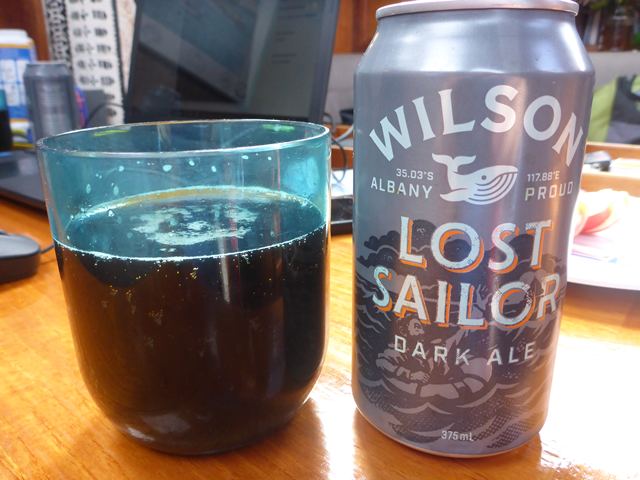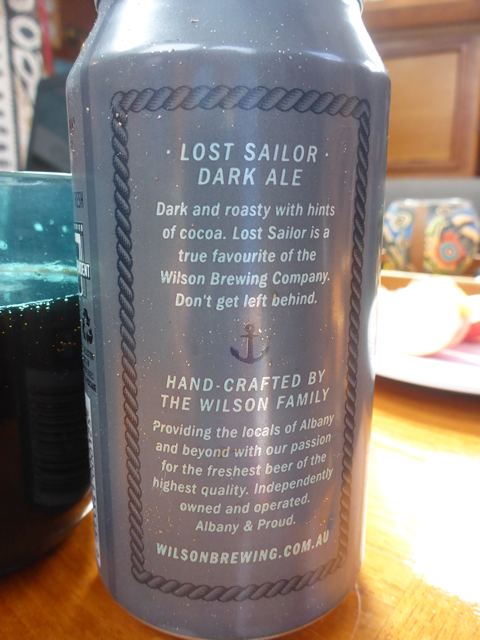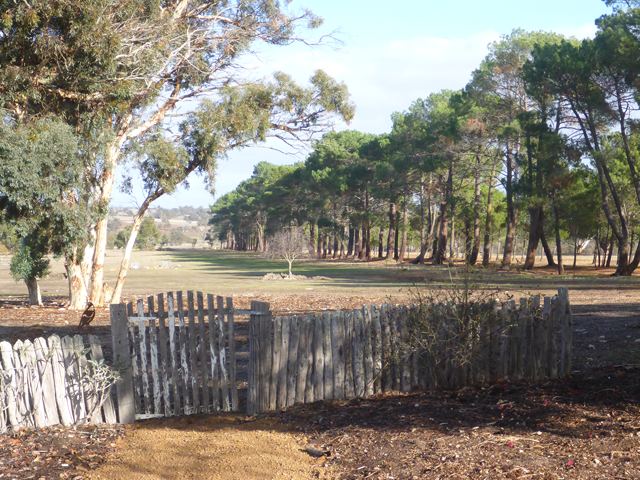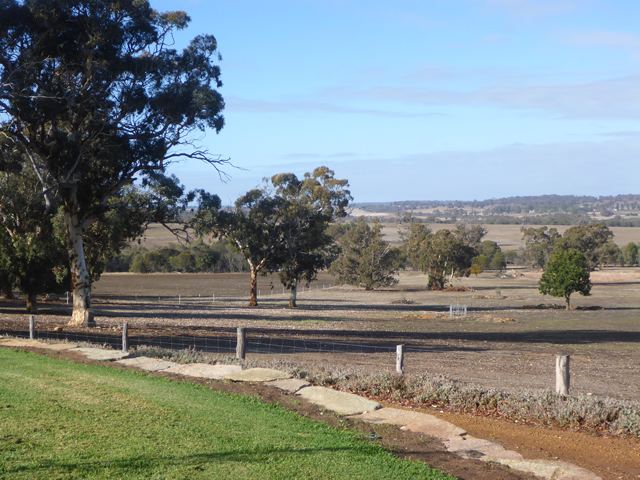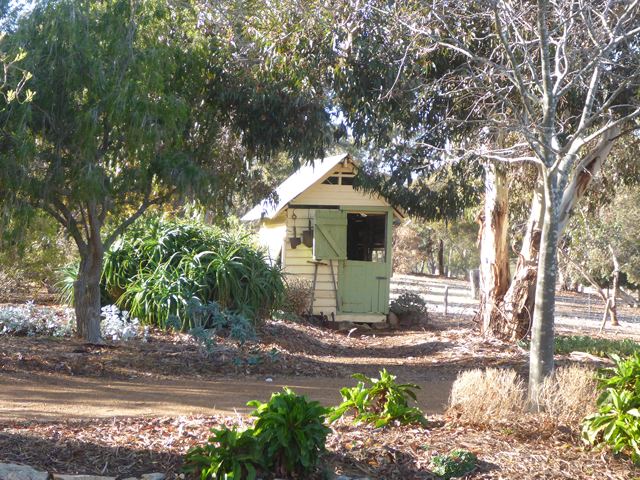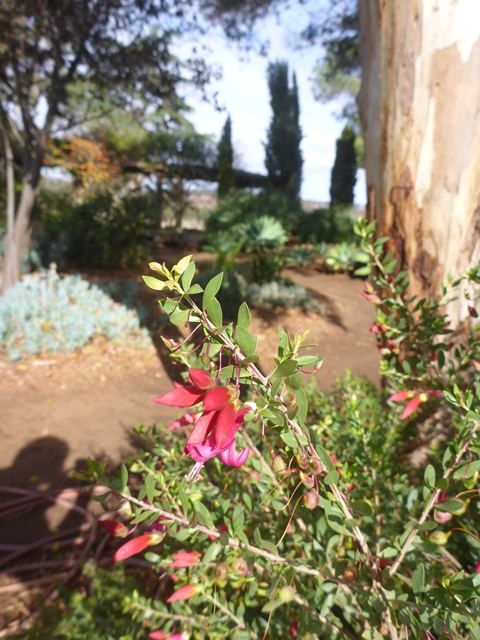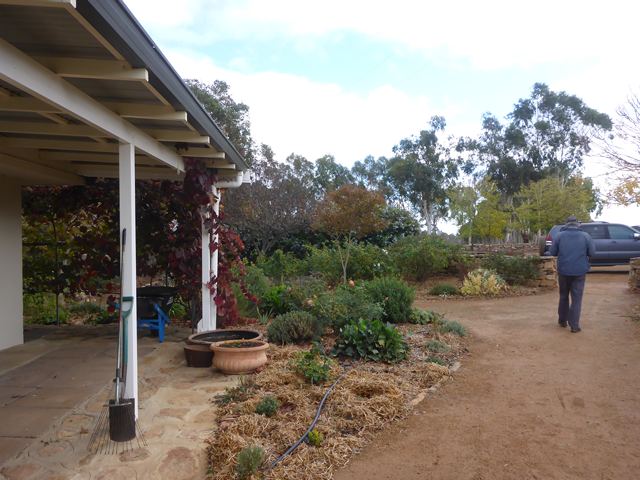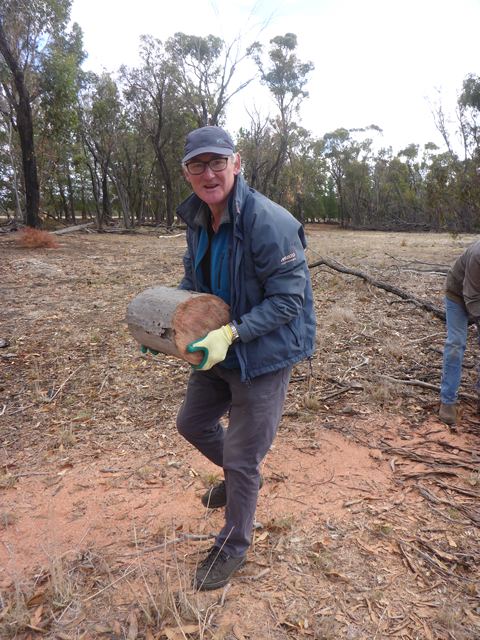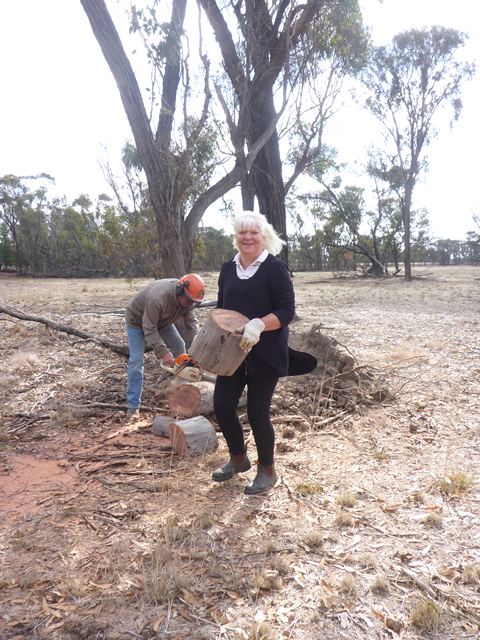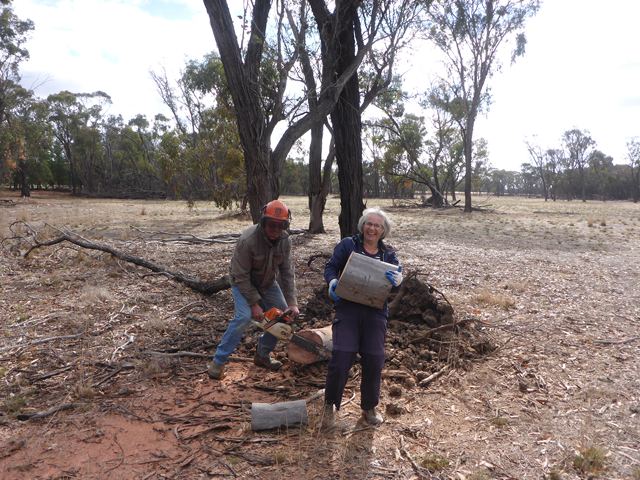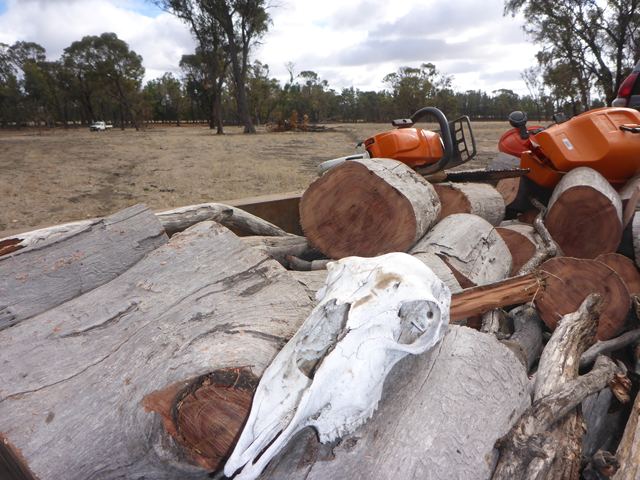Two Lost Sailors Go Bush

|
Two Lost Sailors ‘Go Bush’ I am pleased to advertise the beer that accompanied us to our retreat near Kojonup because it is a fine, strong, dark and tasty beer that reminds us of the historic English beer making tradition, and anything at the moment that reminds us of home is very welcome. Once we had settled in to our new little home, Shipton on Christine and Malcolm’s station called Te Opu they took us off on a dual errand, to meet their friends Kathy and Eric at home working in their colourful and imaginative garden and then proceed down to their dried lake bed where there were fallen white gums, yates, ready for the chainsaw and removal. Their 10,000 acres is now leased out giving them room for numerous other passions, on and off their home. To enhance the lovely view over the ever changing colours of rural SW Aussie they had laid a lawn, lush and green on elevated flat land ending in a classic English visual device, a ha ha, or wall that is an invisible way of keeping livestock out of the garden and maintaining the sense of distance and continuity in the vista without using the visual interruption of a fence. The soil around here, in the area known as the wheat belt is a thin layer over heavy red and grey clay, so deep ploughing is not done as it would raise the clay to the surface. There are rocky outcrops of pink granite which provide very useful building materials and all around Eric and Kathy’s garden Eric has built fine dry stone walls as perfect as the miles of the same to be seen disappearing over the hills in rural Britain, complete with the gentle slope inwards to the top, the throes or long stones that pass from one side to the other and add strength and stability and the shaped capping stones to shed the seasonal rains. Kathy’s attention to colour and texture contrast of the foliage in the garden means there is a multi-coloured natural palette to enjoy all year round. Little cameo scenes are set up using garden relics from numerous sources as well as their own garden. A honeymoon house next to the main house is there if the couple just married under the roof of the cart port choose to stay their first night in these lovely surroundings. Their own son was married there last October and the photos showed not only the joys of the springtime wedding, but also the garden colours at a different time of year to our visit. The wooden fence you see is made from branches of the jam tree, a very hard termite resistant wood that lasts for years and is so named because the wood has a distinct smell of raspberry jam. The tree was used as an indicator back in the early days of settlement that the land around was suitable for wheat and sheep farming. We six sat around a table in the garden chatting and enjoying a delicious morning tea of still warm scones with home-made fig jam and cream and steaming mugs of Yorkshire tea. The sun provides the warmth when there is no wind but in that wind there is the chill reminder of winter on its way, so we made our way down the hill to the dried lake bed and our exercise for the day, humping logs. The lake years ago must have looked lovely as the shallow water disappeared off into the surrounding woodland, but with the drying effect of the warming climate in this area lowering the water table and global climate change, those days are gone and rural drinking water comes from rain catchment. Malcolm drove us home along dirt tracks that criss-cross this area linking stations and which are maintained by the shire council. I was looking forward to seeing the greening that comes with the early morning dew and winter rains. |
